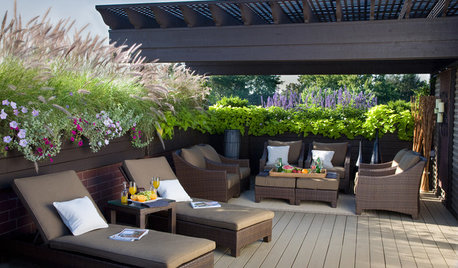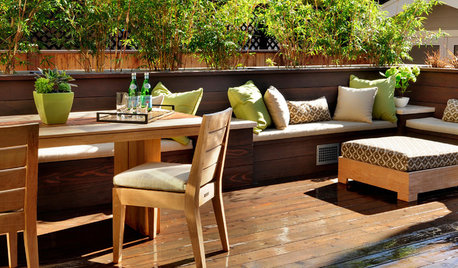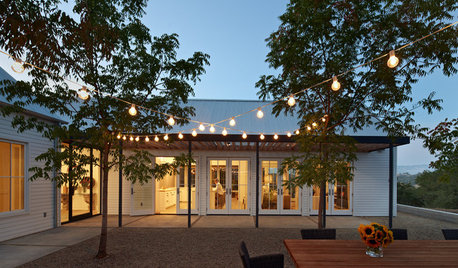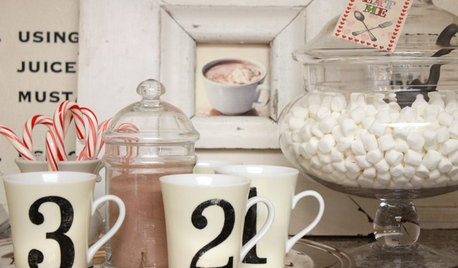Best Looking Nitrogen Fixing Tree
CPTK
10 years ago
Related Stories

GARDENING GUIDESHow to Fix Bare and Yellow Lawn Spots
Restore your turf’s good looks by reseeding unsightly patches
Full Story
GARDENING AND LANDSCAPINGSpring Patio Fix-Ups: 12 Wonderful Ways With Planters
Change the look of your whole patio with just a few thoughtfully placed containers or a trellis brimming with greenery
Full Story
DECORATING GUIDESFix Those 'Whoopsies': 9 Fast Solutions for Decorating Mistakes
Don't suffer in silence over a paint, furniture or rug snafu — these affordable workarounds can help
Full Story
LIFEYou Showed Us: 20 Nutty Home Fixes
We made the call for your Band-Aid solutions around the house, and you delivered. Here's how you are making what's broken work again
Full Story
TRIMHow to Fix a Mirror-Above-the-Mantel Dilemma
Got an unmovable mirror over your fireplace? Use trim to turn it into a feature that will turn heads
Full Story
GARDENING AND LANDSCAPINGSpring Patio Fix-Ups: 9 Wonderful Ways With Built-in Benches
Maximize space and increase the welcome with a built-in bench that suits your patio or deck just right
Full Story
LIFEHouzz Call: Show Us Your Nutty Home Fixes
If you've masterminded a solution — silly or ingenious — to a home issue, we want to know
Full Story
GARDENING AND LANDSCAPINGSpring Patio Fix-Ups: 6 Ways to Light Your Outdoor Room
Let the good times roll well into the evening with string lights, sconces, pendants and more to illuminate your patio or deck
Full Story
KITCHEN DESIGNKitchen Design Fix: How to Fit an Island Into a Small Kitchen
Maximize your cooking prep area and storage even if your kitchen isn't huge with an island sized and styled to fit
Full Story
PRODUCT PICKSGuest Picks: Hot Chocolate Station Fixings
Treat family and guests to a fix of cocoa in a festive mug, accompanied by sweet somethings, from a well-stocked kitchen station
Full StoryMore Discussions









alexander3_gw
corkball
Related Professionals
Ashland Landscape Architects & Landscape Designers · Brooklyn Center Landscape Architects & Landscape Designers · Brookfield Landscape Contractors · Duarte Landscape Contractors · East Hanover Landscape Contractors · Hilton Head Island Landscape Contractors · Kailua Landscape Contractors · Little Ferry Landscape Contractors · Pomona Landscape Contractors · Roseville Landscape Contractors · Greenfield Landscape Contractors · West Elkridge Siding & Exteriors · Fort Collins Decks, Patios & Outdoor Enclosures · Glen Ellyn Decks, Patios & Outdoor Enclosures · Lenoir Decks, Patios & Outdoor Enclosureslcadem
bostedo: 8a tx-bp-dfw
alexander3_gw
bengz6westmd
ken_adrian Adrian MI cold Z5
Huggorm
bostedo: 8a tx-bp-dfw
wisconsitom
User
User
ken_adrian Adrian MI cold Z5
CPTKOriginal Author
wisconsitom
whaas_5a
calliope
wisconsitom
Huggorm
ken_adrian Adrian MI cold Z5
hairmetal4ever
arktrees
hairmetal4ever
wisconsitom
CPTKOriginal Author
wisconsitom
calliope
CPTKOriginal Author
rhizo_1 (North AL) zone 7